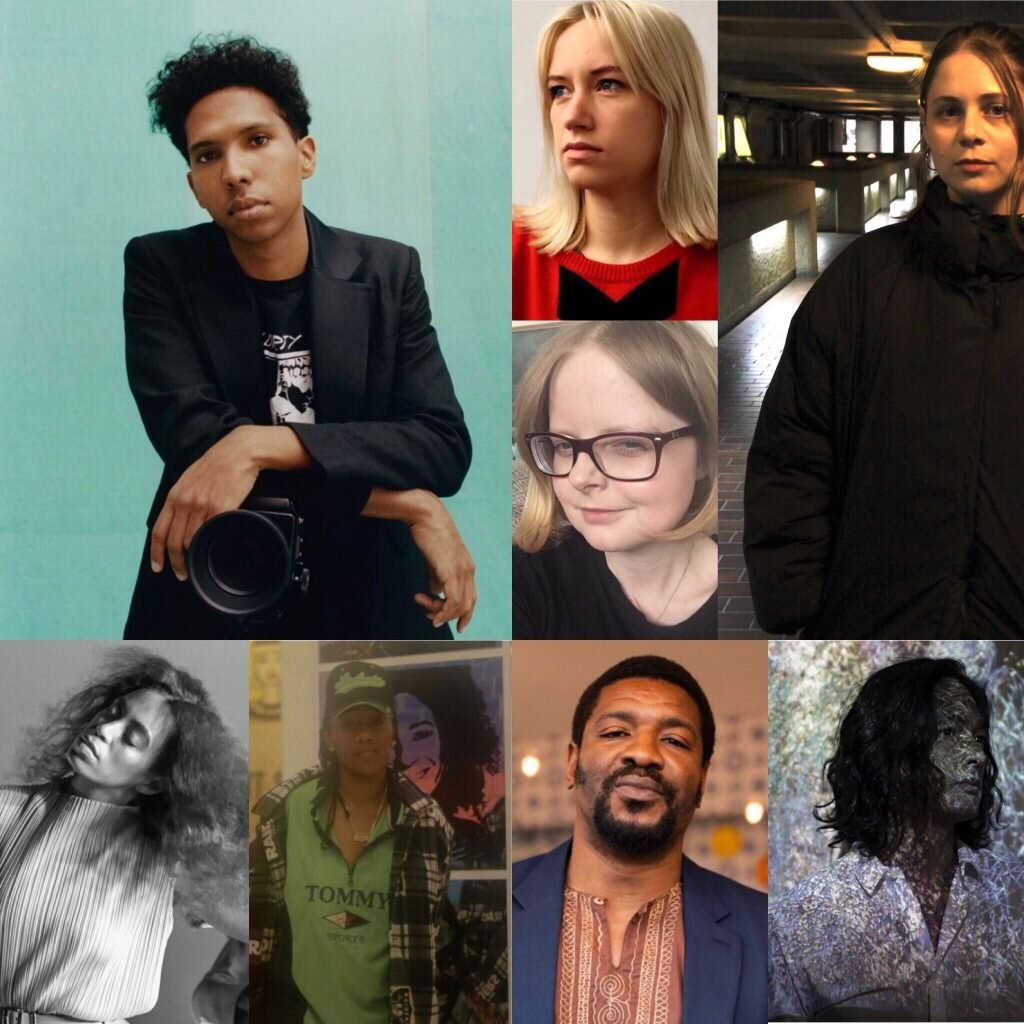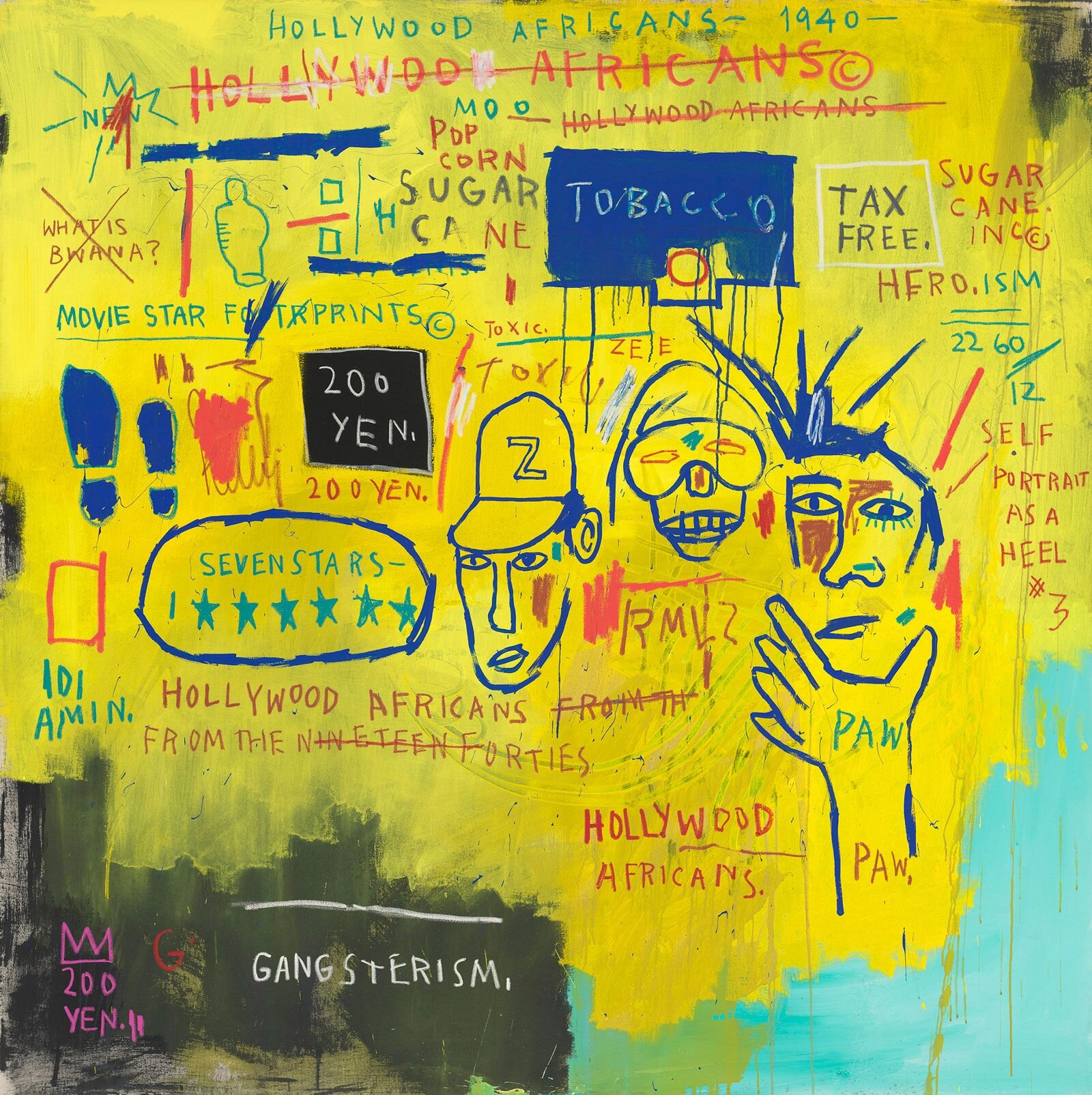As I prepared the round up this week, I noted that Picasso’s birthday would correspond with my weekend post. I, along with almost every art historian I have ever known, possess a deep seated love/hate relationship with the artist. We love Picasso because most people come to art history with at least a passing knowledge about him and his life, providing a ready gateway to talk about and introduce modernism and modern art in survey courses. At the same time, we hate that Picasso represents the worst stereotypes about the “genius” male artist embedded in the Western canon of art, and most of us have to work especially hard to bring visibility and ask the critical questions about what the stakes are around these constructions. In this sense, Picasso brings out the best and worst in my discipline, and his legacy continues to cast a long shadow on art history and the means through which artists and the art world define the “rules of the game.”
Having said all this, I wanted to share and feature my very favourite Picasso work, Le Moulin de la Galette, an oil painting from 1900 that is mostly overlooked and rarely taught. Why? Because the painting represents the work of the young Picasso, the “unrefined” artist as a young man trying on existing styles and themes (in this case, of the French Impressionists) long before creating his signature “original” style. But what I love about discussing and teaching this early painting is that it is a work of art that captures a particular rite of passage faced by all artists at various points of their lives—learning, absorbing, and immersing oneself in the current cultural and artistic milieu. It is this willingness to observe, this sheer curiosity and passion to understand and fully embody and creatively explore what is “happening” and contemporary in the world (at the level of art, culture, and the current zeitgeist) that makes one a critical and engaged artist.
In the Guggenheim’s description of this painting (in their collection), we should all recognize something of our present moment, something Picasso also wanted to explore and capture. “In Le Moulin de la Galette, Picasso adopted the position of a sympathetic and intrigued observer of the spectacle of entertainment, suggesting its provocative appeal and artificiality. In richly vibrant colors, much brighter than any he had previously used, he captured the intoxicating scene as a dizzying blur of fashionable figures with expressionless faces.” Importantly, it is not Picasso’s originality or his own celebrity that matters so much here, but more so his ability to be an astute observer of the modern moment and to reflect that back to audiences. In my opinion, we need more of this kind of artist and artistry in the world.
A FEW MORE THINGS BEFORE THE ROUND UP
I have been eager to view the new Borat film Borat Subsequent Moviefilm ever since hearing rumours of its existence following news reports earlier this year that Sacha Baron Cohen had crashed Republican events in character. I cannot express enough how much I loved this film, and not necessarily for the humour and various hijinks (which there are plenty), but more so as a film historian understanding how Baron Cohen’s subversive and calculated filmmaking has earned him a place in cinema history alongside the likes of Charlie Chaplin and films like The Great Dictator. This one will stand the test of time and for all of the right reasons (see the NY Times article I include in the round up to learn more about Baron Cohen’s background and education).
I was very honoured to be recognized by my university as an Open Access Learning Champion during International Open Access Week (October 19-25, 2020). I have included here the great graphic KPU Open Education assembled for social media, with my statement about being a United Nations Open Pedagogy Fellow. I hope to blog later this year or early next about my experiences working with an interdisciplinary team of academic peers to develop great OER (Open Educational Resources) for ourselves and other educators. It has been a steep learning curve during Covid times, but well worth the experimentation and outcomes! My full statement reads:
“Art history is among the most disciplined areas of academic study, and Open Access resources remain largely limited and focused on more traditional understandings of visual art and culture. The powerful stakes around how art historians have in the past, and continue today, to historicize, understand, order, and make meanings around art, can therefore remain hidden from view. This is especially the case for art historians, like me, who seek to challenge and subvert the status quo of what can be seen and understood as “art” and to question who gets to make those decisions. It is my goal to demonstrate the critical potential of incorporating open pedagogy into art history courses in ways that proactively lead the conversation around visual literacy and criticism while revealing/unpacking the mechanisms of the art world.”










For Celebrities, Apathy Can Be a Form of Political Credibility
Vandals Attacked 70 Artworks in Berlin Museums in Broad Daylight
Open Sky: Portrait of the Canadian Pavilion in Venice (SHORT FILM)
Watch Every Episode of Bob Ross’ The Joy Of Painting Free Online
Professor Is In: Imposter Syndrome When Odds Are Against You (PODCAST)


